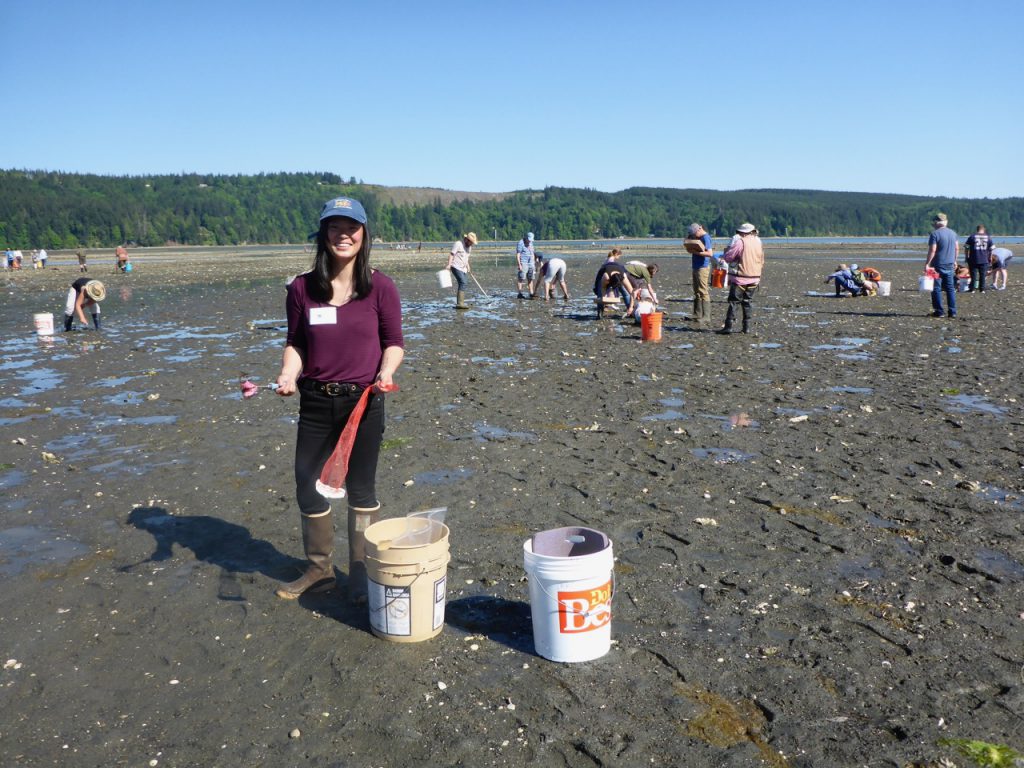
Shellfish harvest in Washington
While it may seem foreign to most of the country, walking along public beaches with a shovel and bucket in hand to bring home dinner is a pastime Washingtonians know well. With hundreds of public beaches in Puget Sound, recreational shellfish harvesting allows access to local foods year-round for Washington residents.
Tribes have harvested clams and oysters for millennia across the Puget Sound region for subsistence and ceremonial use, and the activity is important to tribal members and popular with the public today. Not only does shellfish harvesting uphold cultural practices across the Sound, but it is also widely accessible as well, with little to no economic barrier – different from other fishing practices that require more gear and knowledge to be successful.
The Rafeedie Decision of 1994 upholds Washington tribes’ treaty right to harvest 50 percent of naturally occurring shellfish.
Recognizing the positive impacts shellfish harvesting has on Puget Sound residents’ health and quality of life, the Puget Sound Partnership has included bivalve harvest for personal use—which includes both tribal subsistence and recreational harvest—as a Vital Sign indicator. This indicator falls under the Local Foods Vital Sign and gauges use patterns for recreational clam and oyster harvest across a representative group of Puget Sound public beaches.
The Rafeedie Decision of 1994 upholds Washington tribes’ treaty right to harvest 50 percent of naturally occurring shellfish. The Washington State Department of Fish and Wildlife (WDFW), Washington State Department of Natural Resources, and Washington treaty tribes are co-managers of shellfish resources on public lands. They use harvest data to conserve the resources, allowing for harvesting to occur year after year.
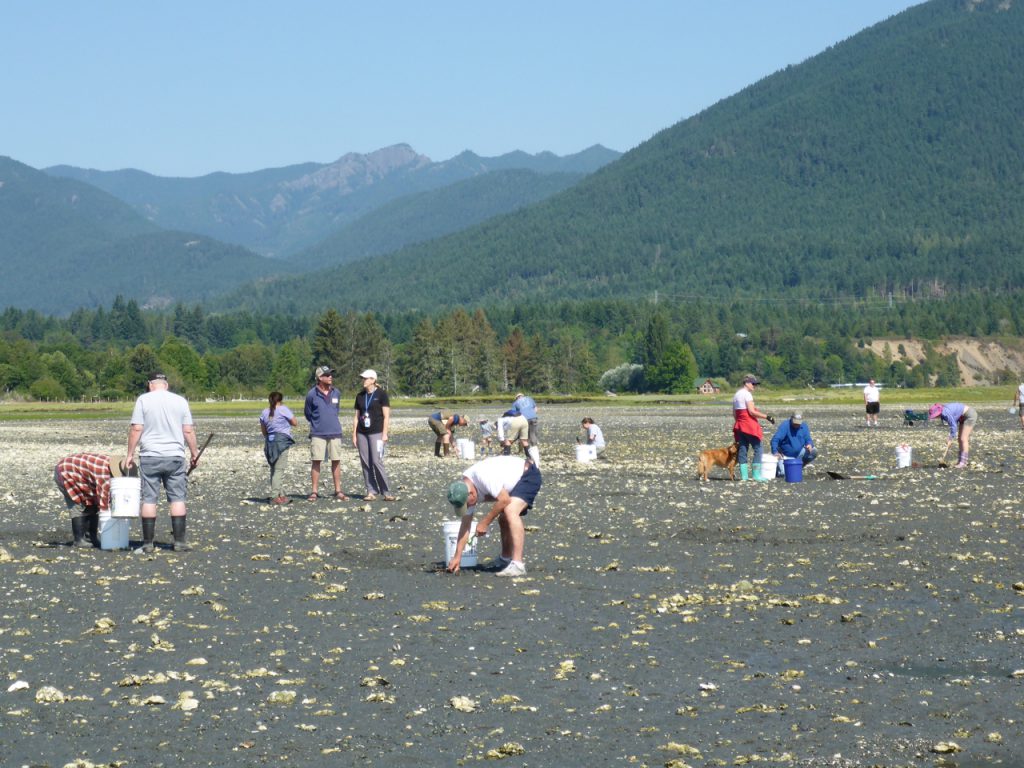
Spatial and temporal patterns
Through this data collection, WDFW reports on recreational harvest effort patterns on public tidelands. Recreational harvest effort is increasing annually, growing 19 percent from 2019-2020 and another 18 percent from 2020-2021. “However, all beaches aren’t the same and don’t always reflect the same patterns of use,” says indicator reporter Camille Speck, who’s the Puget Sound intertidal bivalve manager with WDFW.
Regarding the sudden growth in recreational harvest effort, Chris Eardley, policy coordinator for WDFW’s Puget Sound Shellfish Program, adds, “Peak pandemic years led to a spike in interest, which may or may not be temporary and may or may not be representative of the longer-term patterns in participation.”
“It’s not just about sustainable clam and oyster populations, but also about providing access to local foods for Washingtonians.” — Camille Speck
Local harvest effort varies drastically across Puget Sound with most of the harvest occurring in North Sound, Hood Canal, and Admiralty Inlet. Though “local” is a broad term here – for most recreational harvesters, anywhere west of the Cascades is considered “local” regardless of where harvest is occurring. The I-5 corridor is largely closed to bivalve shellfish harvest because of pollution, requiring travel to areas with better water quality. Data from 2019 indicate most residents travel upwards of 80 miles one-way from the Seattle/Redmond/Tacoma area to access these “local” sites.
With harvest effort varying beach by beach, management and beach access is site-specific as well. This is one of the biggest challenges for this indicator, Speck explains. “It’s not just about sustainable clam and oyster populations, but also about providing access to local foods for Washingtonians.”
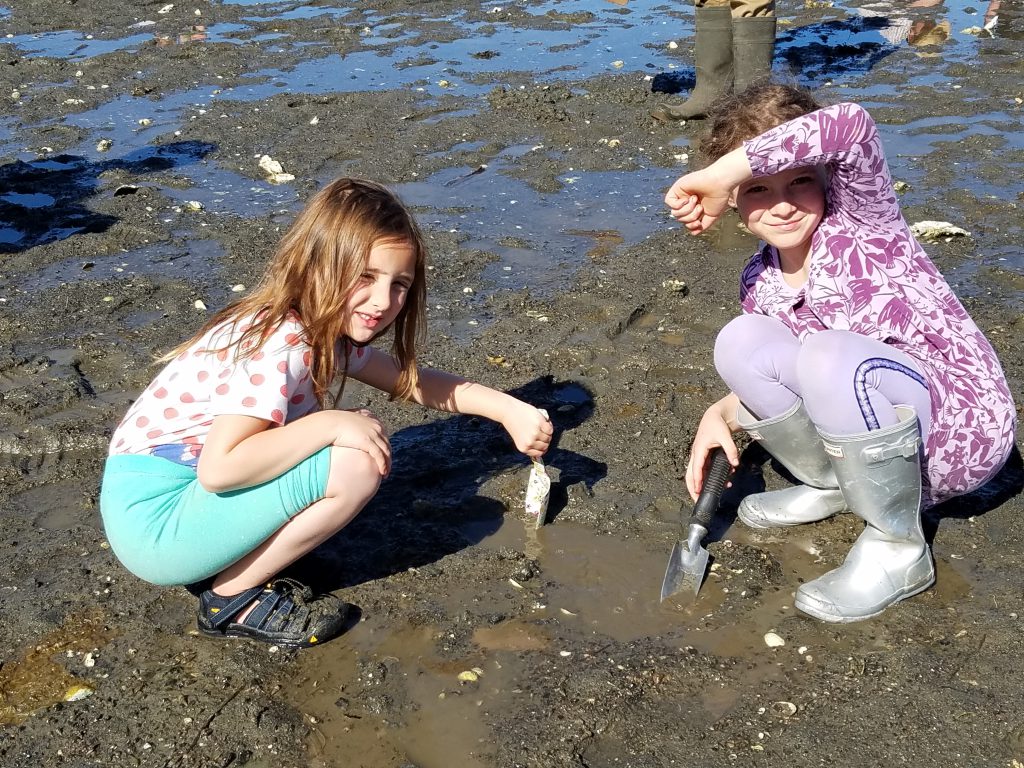
Access
Access to local foods is important for many reasons. Local foods are a part of tribal heritage, have cultural value throughout the region, and help build social relationships.
Most recently, two public beaches near Hoodsport, on the Hood Canal, were opened for harvest after years of closures due to previously-impaired water quality. “Not only did these sites increase harvest opportunity in a popular stretch of Hood Canal, but both have good upland access, which can be a limiting factor for many beaches,” according to Speck. This was also a huge win for the Skokomish Tribe. The Tribe carried out studies and made key changes that led to improved water quality. Now the Tribe can exercise their treaty rights to harvest shellfish in an area that’s culturally significant and close to their reservation.
Adding more accessible sites could also take pressure off popular harvest sites by spreading out harvest effort and accommodating growing interest. This would create longer seasons and more room for increased effort at some beaches. Port Gamble Heritage Park tidelands is a great example of a beach that was recently added to publicly available sites. Originally closed for pollution, the Washington State Department of Ecology, Pope Resources, LLC, and Olympic Property Group, LLC, partnered to restore the site. Kitsap County Parks purchased the tidelands and improved access points by developing parking and trails and installing porta-potties. This opened over one mile of shoreline and productive shellfish beds for tribal and public access. WDFW and co-manager tribes are actively engaged in identifying pathways to add more harvest opportunity—such as through the identification of new sites.
“Good upland access with infrastructure such as bathrooms and ample parking improves equity of access.” — Camille Speck
Dosewallips State Park is another site with improved access. Washington Department of Health led efforts to (DOH) add approximately 20 more acres of approved shellfish area for people to harvest from. “More accessible sites mean more access to local foods,” Speck says. “Good upland access with infrastructure such as bathrooms and ample parking improves equity of access. It makes a site readily available for people who may not be able to afford or want a boat to reach public tidelands that lack connectivity to upland recreational resources.”
In addition to improving accessibility, improving water quality would also allow for more equitable access to shellfish. Out of the 130 beaches regulated for shorter than year-round seasons, about 60 percent of harvest closures are related to persistent pollution and health concerns as tracked by DOH. “When acreage is approved for shellfish harvest, it opens opportunity on public lands in that area, even just one site between Everett and Tacoma would mark the turning of the tide toward improved water quality in the I-5 corridor—an area where opportunity could be really impactful,” Speck says. The Washington State Shellfish Initiative, launched in 2011, helped re-open over 2,000 acres across Puget Sound. Phase II of the initiative will focus on enhancing recreational shellfish harvest and ensuring clean water, which will improve opportunity and site access throughout the region.
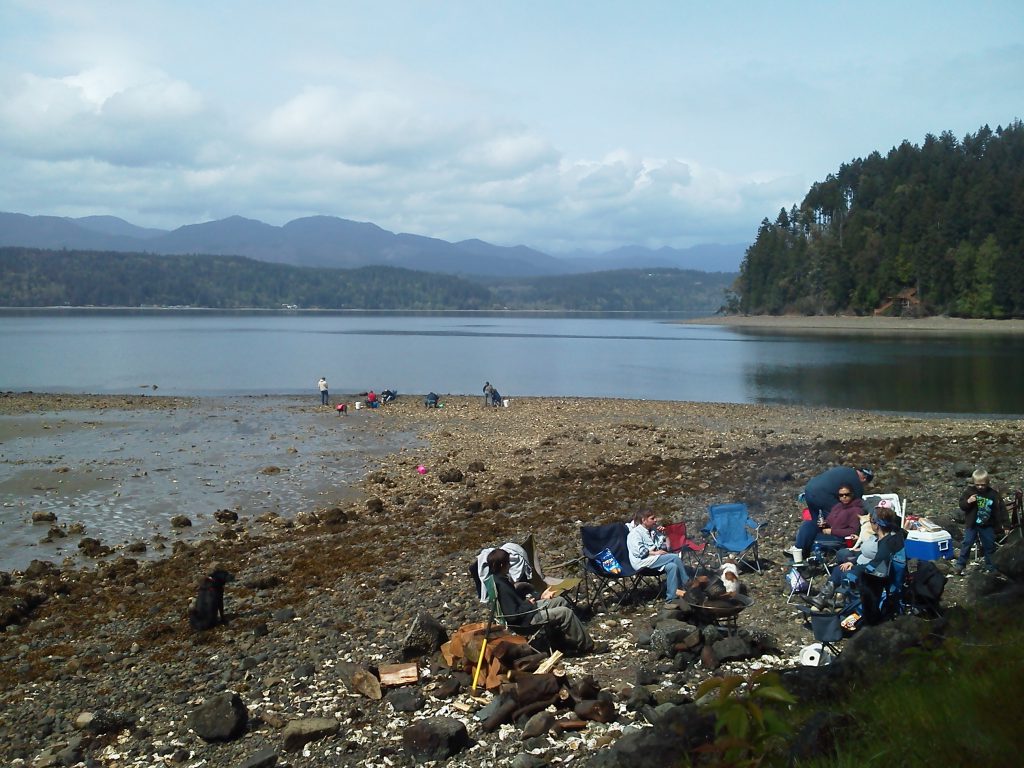
Recreational harvest effort patterns
Accessibility isn’t the only challenge for co-management of this resource. Tidal distribution (depth and times) varies by year and by beach – for beaches that are not open year-round, WDFW managers determine the duration of harvest seasons by projecting how long a site can stay open based on historical use patterns and catch rates. Recreational harvest seasons are designed to ensure the state’s share of the beach’s annual quota is not exceeded.
Biomass surveys conducted by WDFW and tribes in one year determine the beach-specific harvest quotas shared by tribes and the public the next year.
Increasing effort during peak summer low-tide months means harvest seasons are being pushed to spring and fall with swaths of summer closures. Scheduling seasons during periods of lighter recreational effort allows for sites to remain open for longer periods. Seasons scheduled for prime daylight low tides from June-August often mean state share limits are reached much quicker—and can also overwhelm access site facilities. Opening some very popular beaches during these peak-use months would result in abbreviated recreational seasons that would only last for a week or two each summer.
These annual harvest seasons are dependent on the previous year’s climate and environmental impacts to the clam and oyster populations as well. Biomass surveys conducted by WDFW and tribes in one year determine the beach-specific harvest quotas shared by tribes and the public the next year.
For example, in 2022 harvest opportunities on some beaches were reduced because of the heat wave that swept through the Puget Sound region in June 2021, although impacts to shellfish populations were patchy throughout the Sound and losses varied across beaches. WDFW and the Skokomish Tribe agreed to lower the harvest quota at Belfair State Park after calculating a 30 percent loss of oysters, but just across the Canal at Twanoh State Park there was only about five percent oyster mortality, possibly because of shading from trees on the uplands.
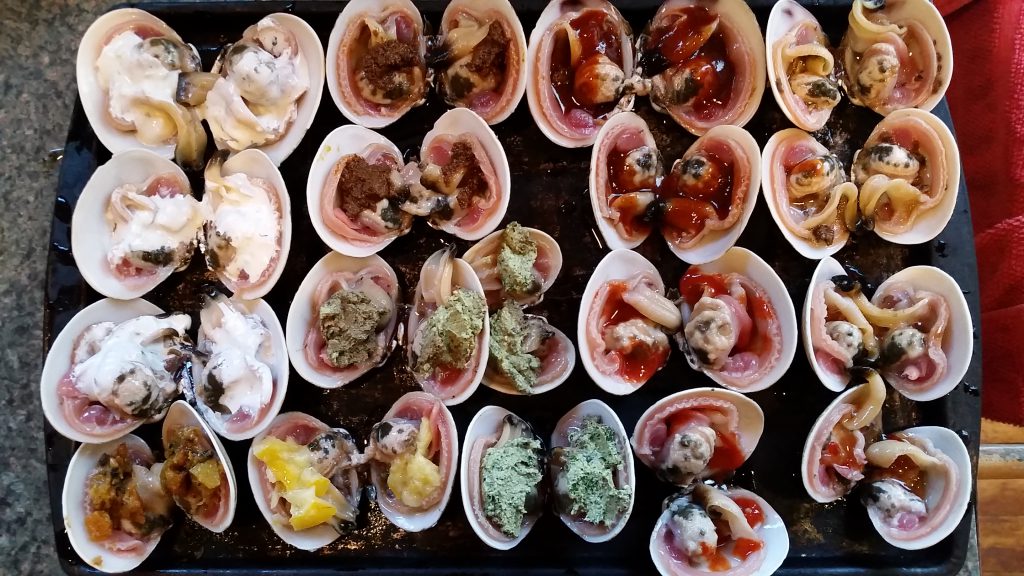
Conclusion
Recreational shellfish harvesting has had quite the moment in the last couple years—perhaps due to the effects of the pandemic and an overall increase in outdoor recreation. More people harvesting means more pressure on clam and oyster populations throughout the Sound. This, coupled with more frequent heat waves, harmful algal blooms, water pollution, and cultural importance is what makes understating this indicator so crucial. Through co-management, tribes and WDFW are well suited to gather information, conduct research, and ultimately set harvest limitations with the common goal of preserving this natural legacy.
For many tribes, harvesting shellfish is part of their heritage and their livelihood. They harvest for ceremonial, subsistence, and economic purposes and cannot simply relocate their culture. Data collection and management ensures harvesting opportunities for future generations—reserved for some tribes by treaty rights and thus immutable. For other Washingtonians, a connection with local foods provides a sense of place and connection to the land, something all residents should have equitable access to.
Shellfish are also just downright tasty, and after harvesting comes the best part – enjoying this delicious resource! So, what’s the best way to consume these shellfish? Manila clams steamed with garlic, butter, and a shot of tequila and finished with cilantro and fresh-squeezed lime alongside a slice of crusty bread for dipping is a must, according to Speck. Horse clam ceviche is another favorite for her – marinate chopped and cleaned horse clam siphons in some lime juice for 5 minutes then add papaya, mango, onion, cilantro, and you’ve got yourself a nice summer snack.
Written by Corinne Noufi
Corinne Noufi was a Washington Sea Grant Hershman Fellow at the Puget Sound Partnership from 2021-2022.

